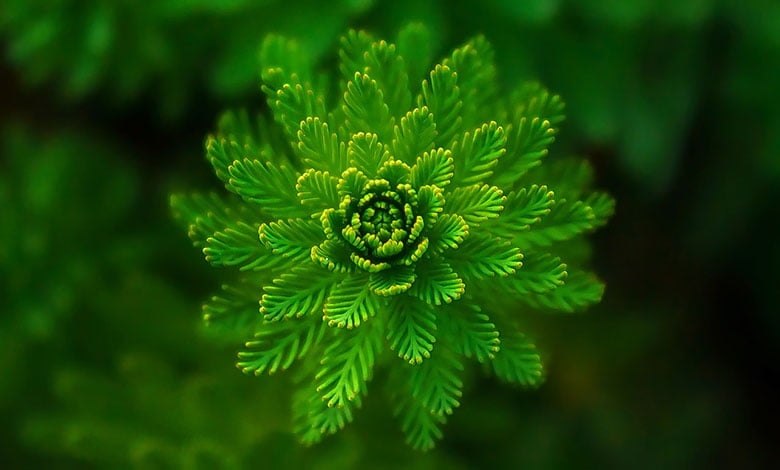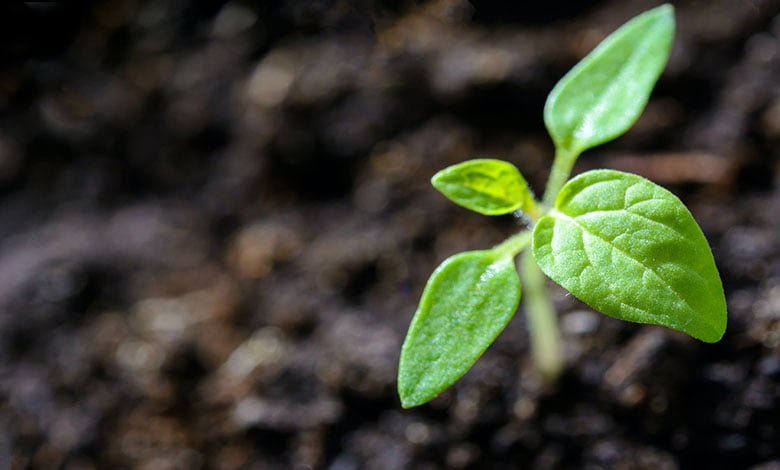Factors affecting plant growth
Factors affecting natural plant growth
Factors affecting natural plant growth
Native Plant is naturally growing without any human intervention because it is affected by several factors, the most important of which are light, water, temperature, and nutrition, which either positively affect the speed of growth and increase it, or have a negative effect and slow it down.
It should be noted that these factors can be influenced to control the production of leaves or fruits, for example, Influencing the properties of light as its quality, quantity, duration, or temperature control to influence most of the processes that the plant goes through, such as photosynthesis, transpiration, breathing, flowering, germination, or affecting the amount of water necessary for photosynthesis, metal melting, and carbohydrates, and here is a detailed explanation of the factors affecting plant growth:
Climate nature
The nature and change of climate affect agricultural plants and crops, as it is the most influential factor on agricultural production, as it increases the presence of carbon dioxide in the air, thereby warming the environment. So researchers have resorted to policies that help plants adapt to the exceptional climate nature.
These policies include the development of intelligent crops and plants that can withstand the climate change effects, namely, inhibition of metabolism, reduced quality of agricultural production, and pressure and stressors on different plant species. These, we mention high temperature, rain saturation, increased sunlight intensity, drought, increased acidity, and heavy metal deposition.
Sunlight
Light is a necessary factor affecting plants, and their most main characteristics are quantitative, which means focus or limit sunlight. The more focused the light, the more the plant’s ability to produce food through photosynthesis. The amount of sunshine varies depending on the season, with the upper limit in summer and the minimum in winter, and can control the amount of light using reflective materials to obtain different plant growth patterns.
Each light color has a role in plant growth such blue light is responsible for green leaves growth, while red light encourages flowering. The period of exposure to bright affects the flowering process and other reactions within plants, and plants are classified based on the conditions in which they bloom to a short or long day.
Temperature
Temperature affects all processes that plants go through, which means stages of the plant’s life cycle, affecting plant growth of both types, flower reproductive growth, and leaf vegetable growth, either enhancing or inhibiting it. There are many types of plants, including those that need low temperatures ranging from 13-18°C, such as spinach, radish, and lettuce, and warm temperatures ranging from 18-24°C, such as tomatoes and cowpeas.
For more information about Annual plant species, you can read the article Annual plant species

The abundance of water
Water is an integral part of the life and growth of plants, so water stress (lack of water availability) is one of the most important factors limiting their growth, and the points below illustrate the importance of water in plant growth:
- An important component in plant respiration and photosynthesis.
- A way of dissolving the carbohydrates and minerals that the soil transports to plants.
- Responsible for cooling plant leaves during the transpiration process (evaporation of water from leaves).
- A medium where most vital and chemical processes occur.
Humidity
the percentage of water evaporated in the air means the amount of water that air can maintain, and is not required to be cold to keep water, and the air may also be hot, and it mentioned that water vapour moves from areas with high relative humidity to those with low relative humidity, so that water moves faster when the humidity difference is high, so this factor affects both the plant erosion rate, and the water movement rate.
Wind
The wind plays a critical role in all stages of plant growth from the seedling stage, but it is not always friendly to it, as it can simply break it when it turns into a storm, even if it is large plants, and winter winds are harmful factors that negatively affect plants and cause drought, as plants are unable to compensate for the water they lose.
Soil
Plant growth is affected by the structure and nature of the soil. Initially, it is necessary to know which types of soil are divided into two types: fragile and solid. If the soil is fragile, it may accelerate the growth of roots but may limit the absorption of nutrients and water, due to limited soil-plant communication, but if the soil is solid it will accelerate the plant’s absorption of water and nutrients, and therefore be better than fragile soils, but it may stand in the way of root growth long term, because it limits the plant’s access to food, it does not necessarily limit root growth when the soil is solid, this type of soil can be interspersed with some large gaps that allow roots to grow.
Landforms
The distinction between plant characteristics depends on landforms, as the landforms control several factors, such as animal migration and gravitational accumulation of water, examples of landforms: curvatures of the earth’s surface, and watersheds, where sandy terrain affects plant distribution, and barriers protected by changing this distribution, the impact of landforms on plants may be incomprehensible, due to many factors, such as extreme weather conditions and adverse effect of the mountain environment.
The influence of plant growth factors on their geographical distribution
Plants are distributed geographically according to the contributors contained in each geographical area. The presence of a plant in a particular geographical region means that this area includes all the contributors necessary for its growth, so the disappearance of one of these factors will inevitably lead to its death.
For example, climate change is one of the major causes of the distribution of geographical plants of all kinds, so these species respond to climate change by tracking the suitable climate. Warming an area will lead to the death of the plants it contained, but new plants will grow that can afford it, and in return, increased rainfall in an area will lead to the disappearance of plants adapted to low rainfall, to be replaced by other plants whose growth requires abundant water.
Many factors affect the growth of the natural plant, which grows without any human intervention, including climate nature, sunlight, temperatures, humidity, abundant water, wind, soil, landforms, and the impact of these factors on the geographical distribution of plants.

